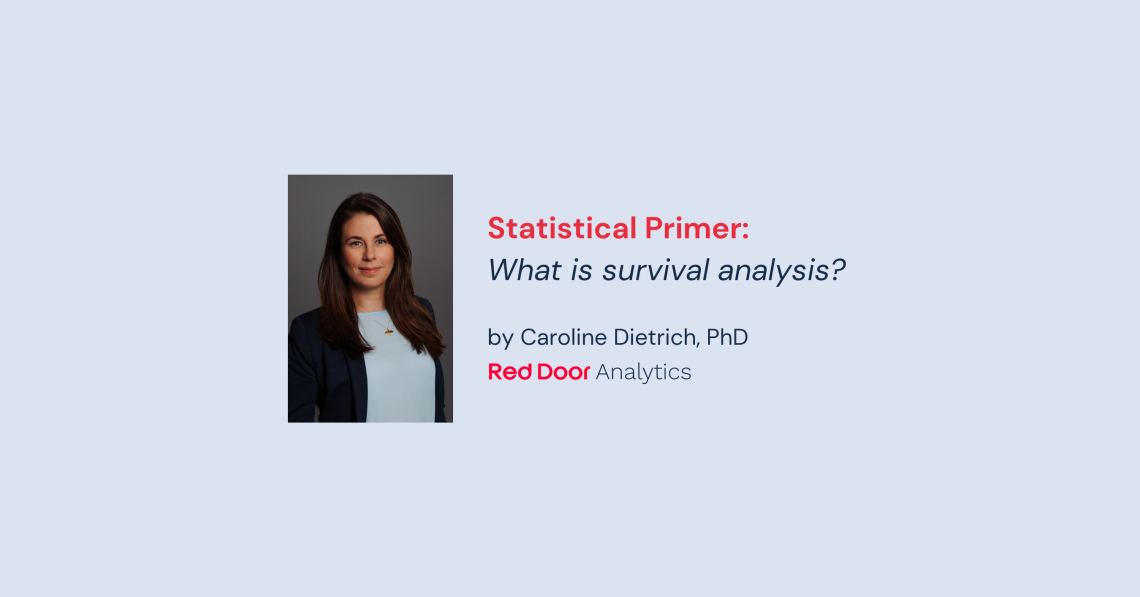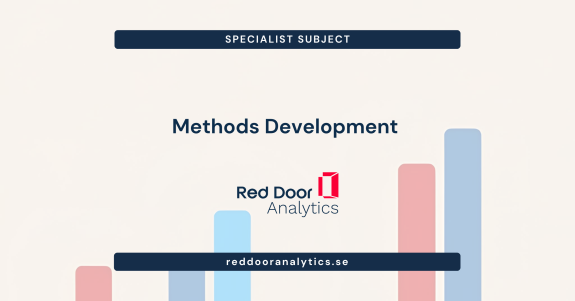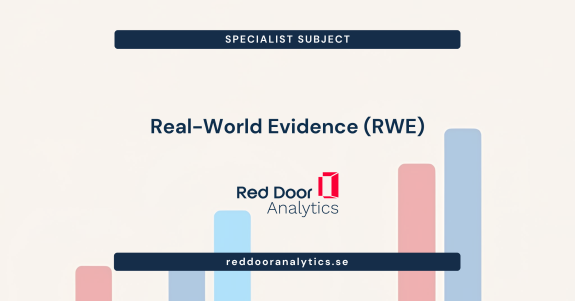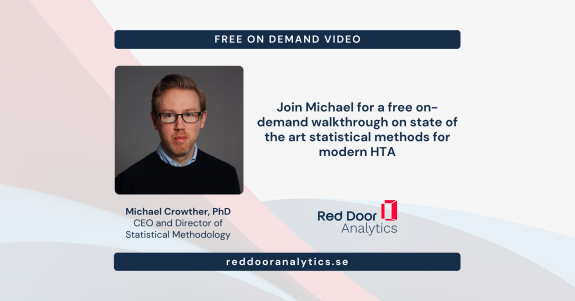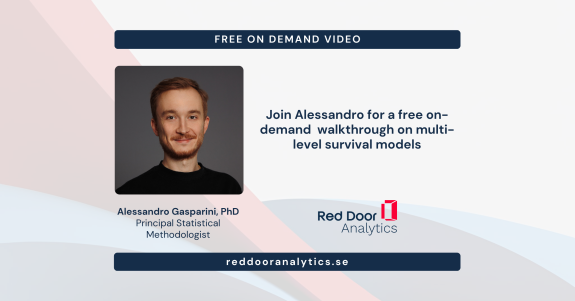Survival analysis is a statistical method used to analyse the time until an event of interest occurs. The key feature of survival analysis is that the outcome has two dimensions:
– an event indicator (yes/no), and
– the time spent at risk for the event
All survival analyses require precise definitions of start and end of follow-up, and a relevant time-scale (e.g., time since diagnosis of a disease).
The two main ingredients in any survival analysis are:
- the hazard function, which tells us the rate (speed) at which the event is occurring, and
- the survival function, which quantifies the probability of survival (or the probability of the event not occurring) over time
Survival analysis is commonly used in medical research, engineering, finance, and other fields where the time of event is of interest, in fact, it is also known as the analysis of time-to-event data.
The hazard function can be estimated non-parametrically or modelled. The most commonly used model is the Cox proportional hazards model. The survival function can be calculated using, e.g., the Kaplan-Meier method.
What tends to make survival analysis special is censoring. Censoring occurs when the information on the survival time is incomplete or partially observed. Learn more about censoring here.

